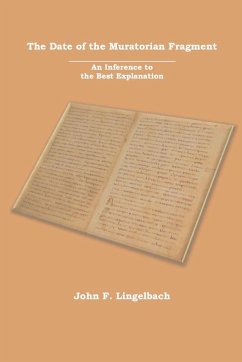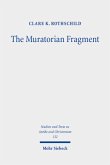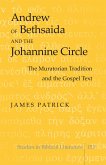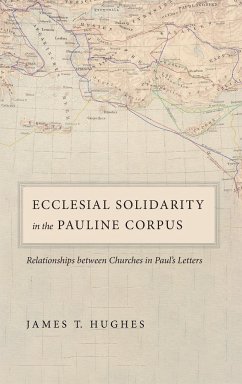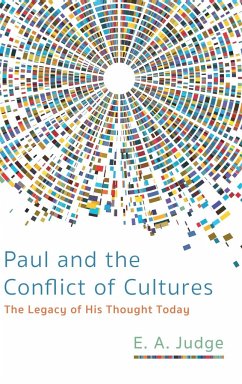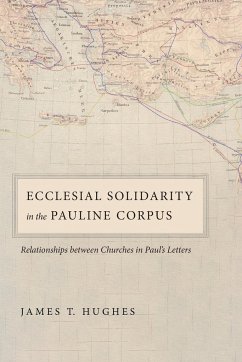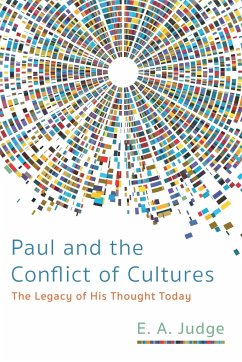Three hundred years after its discovery, scholars find themselves unable to determine the more likely of the two hypotheses regarding the date of the Muratorian Fragment, which consists of a catalog of New Testament texts. Is the Fragment a late second- to early third-century composition or a fourth-century composition? This present work seeks to break the impasse. The study found that, by making an inference to the best explanation, a second-century date for the Fragment is preferred. This methodology consists of weighing the two hypotheses against five criteria: plausibility, explanatory scope, explanatory power, credibility, and simplicity. What makes this current work unique in its contribution to church history and historical theology is that it marks the first time the rigorous application of an objective methodology, known as "inference to the best explanation" (or IBE), has been formally applied to the problem of the Fragment's date.
Hinweis: Dieser Artikel kann nur an eine deutsche Lieferadresse ausgeliefert werden.
Hinweis: Dieser Artikel kann nur an eine deutsche Lieferadresse ausgeliefert werden.

